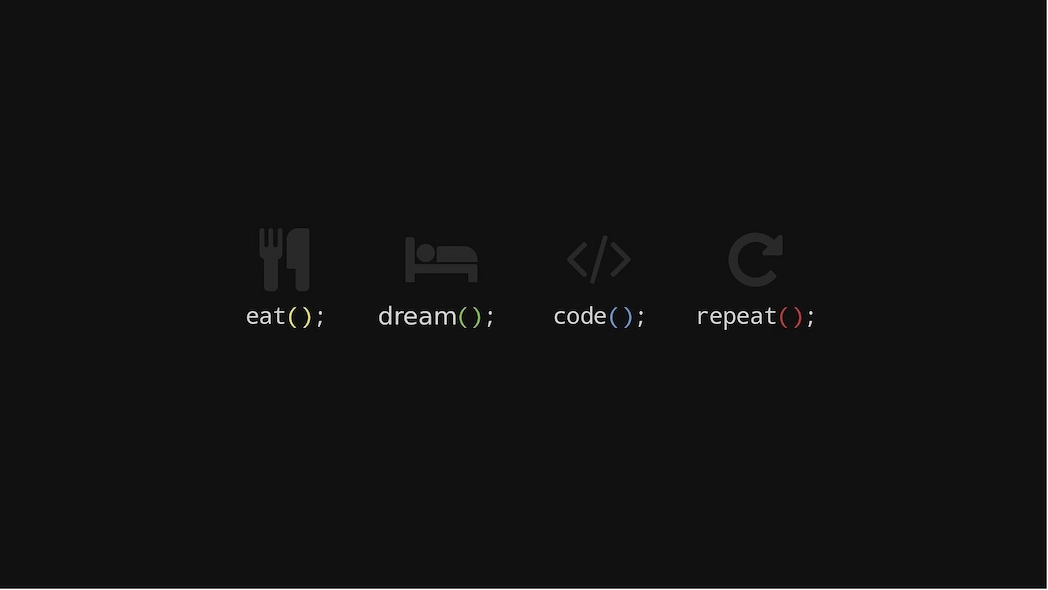


The Fully Qualified Domain Name (FQDN) is the complete and unique name of a computer or host on the internet or a local network. It consists of multiple parts that reflect a hierarchical structure.
An FQDN is made up of three main components:
Hostname – The specific name of a computer or service (e.g., www).
Domain Name – The name of the higher-level domain (e.g., example).
Top-Level Domain (TLD) – The highest level of the domain structure (e.g., .com).
Example of an FQDN:
👉 www.example.com.
www → Hostname
example → Domain name
.com → Top-Level Domain
The trailing dot (.) is optional and represents the root domain of the DNS system.
✅ Uniqueness: Each FQDN is globally unique and refers to a specific resource on the internet.
✅ DNS Resolution: It is used by DNS servers to find the IP address of websites and servers.
✅ SSL Certificates: An FQDN is often required for SSL/TLS certificates to ensure secure connections.
✅ Email Delivery: Mail servers use FQDNs to send emails to the correct hosts.
FQDN: mail.google.com (fully specified)
Simple Domain: google.com (can contain multiple hosts, e.g., www, mail, ftp)
In summary, the FQDN is the complete address of a device or service on the internet, while a simple domain is a more general address.